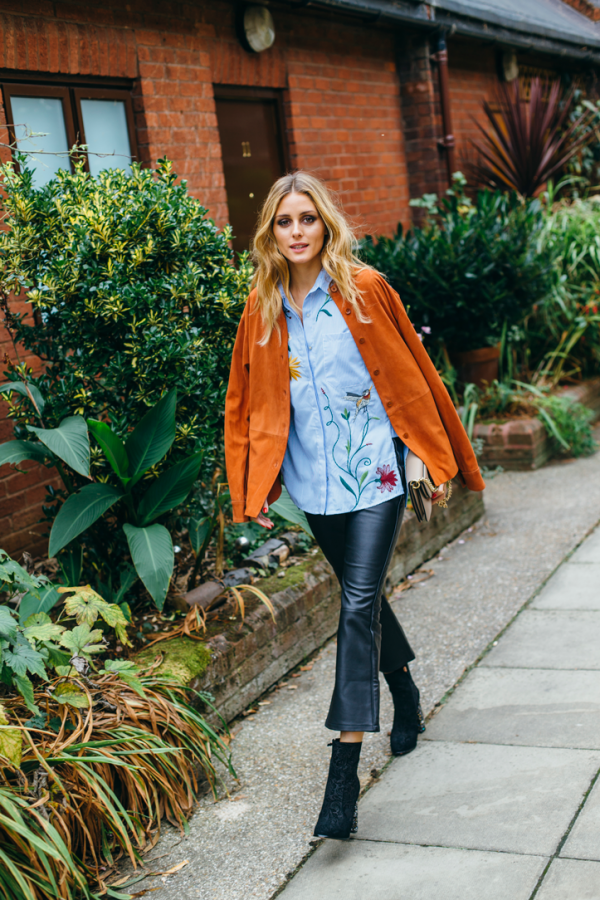In today’s fast-paced world of fashion, where trends come and go like the changing seasons, it’s easy to get caught up in the cycle of constant consumption. However, this incessant turnover not only takes a toll on your bank account but also has significant environmental implications. The fashion industry is one of the largest contributors to pollution and waste worldwide. From the excessive use of natural resources to the disposal of textile waste, the environmental footprint of clothing production and consumption is undeniable.
Fortunately, there are steps you can take to mitigate this impact while simultaneously saving money. By adopting a mindset of mindful consumption and implementing practical strategies to care for your clothes, you can extend their lifespan and contribute to a more sustainable future. In this guide, we’ll explore various tips and techniques to help you make your clothes last longer – a choice that benefits both your finances and the environment.
1. Quality Over Quantity
The foundation of a long-lasting wardrobe begins with investing in high-quality garments. While fast fashion may seem like a tempting option due to its low prices, the reality is that these items are often made with cheap materials and constructed using poor craftsmanship. In contrast, investing in well-made clothing constructed from durable fabrics can save you money in the long run, as these pieces are less likely to wear out quickly and need replacement.
2. Proper Storage
How you store your clothes plays a crucial role in preserving their quality and longevity. Avoid cramming your wardrobe with an excessive number of garments, as overcrowding can lead to wrinkles, stretching, and fabric damage. Instead, opt for adequate spacing between items to allow for proper air circulation. Additionally, use appropriate storage solutions such as wooden hangers for coats and jackets, folded sweaters to prevent stretching, and breathable garment bags for delicate items.
3. Gentle Washing Techniques
Overwashing is one of the primary causes of premature wear and tear on clothing. To extend the lifespan of your garments, wash them only when necessary and opt for gentle washing techniques. When laundering your clothes, use cold water whenever possible, as hot water can cause colors to fade and fabrics to shrink. Choose a mild detergent formulated for delicate fabrics and avoid harsh chemicals that can weaken fibers over time. Furthermore, turn your garments inside out before washing to minimize friction and preserve colors.
4. Mindful Drying
The way you dry your clothes can significantly impact their longevity. Avoid using a clothes dryer whenever possible, as the heat and tumbling action can cause shrinkage, fading, and damage to delicate fabrics. Instead, opt for air drying by hanging your clothes on a drying rack or clothesline. For items that require machine drying, use a low-heat setting and remove them promptly to prevent over-drying and wrinkling.
5. Proper Care for Delicate Fabrics
Certain fabrics, such as silk, wool, and cashmere, require special care to maintain their quality and appearance. Always follow the care instructions on the garment’s label and consider investing in professional dry cleaning for delicate items when necessary. When storing delicate fabrics, avoid hanging them on wire hangers, as they can leave marks and distort the shape of the garment. Instead, use padded or fabric-covered hangers to provide gentle support.
6. Repair and Maintenance
Instead of discarding clothing at the first sign of wear or damage, consider repairing them to prolong their lifespan. Learning basic sewing skills can empower you to tackle minor repairs such as loose buttons, torn seams, or small holes. Additionally, seek out professional tailoring services for more extensive alterations or repairs. By maintaining your garments regularly, you can prevent minor issues from escalating into major problems and extend their usability.
7. Rotate Your Wardrobe
Rotating your wardrobe not only allows you to showcase a variety of outfits but also helps distribute wear and tear more evenly across your clothing items. Instead of wearing the same pieces repeatedly, rotate them regularly to give each garment a chance to rest between wears. This practice not only extends the lifespan of your clothes but also keeps your wardrobe fresh and exciting.
8. Choose Timeless Styles
While it’s tempting to chase after the latest trends, investing in timeless, classic pieces can ensure that your wardrobe remains relevant for years to come. Versatile staples such as a well-fitted blazer, tailored trousers, and a quality leather handbag never go out of style and can be effortlessly paired with different items in your wardrobe. By focusing on timeless styles rather than fleeting trends, you can build a wardrobe that withstands the test of time.
Conclusion
In a world where consumerism often drives our purchasing decisions, adopting a more mindful approach to fashion consumption is essential for both our finances and the environment. By prioritizing quality over quantity, implementing proper care techniques, and embracing a mindset of conscious consumption, we can extend the lifespan of our clothing and reduce our environmental footprint. Making your clothes last longer isn’t just good for your bank account – it’s a small but meaningful step towards a more sustainable future. So, the next time you reach for a new garment, remember the power of longevity and the positive impact it can have on both your wardrobe and the world around you.



